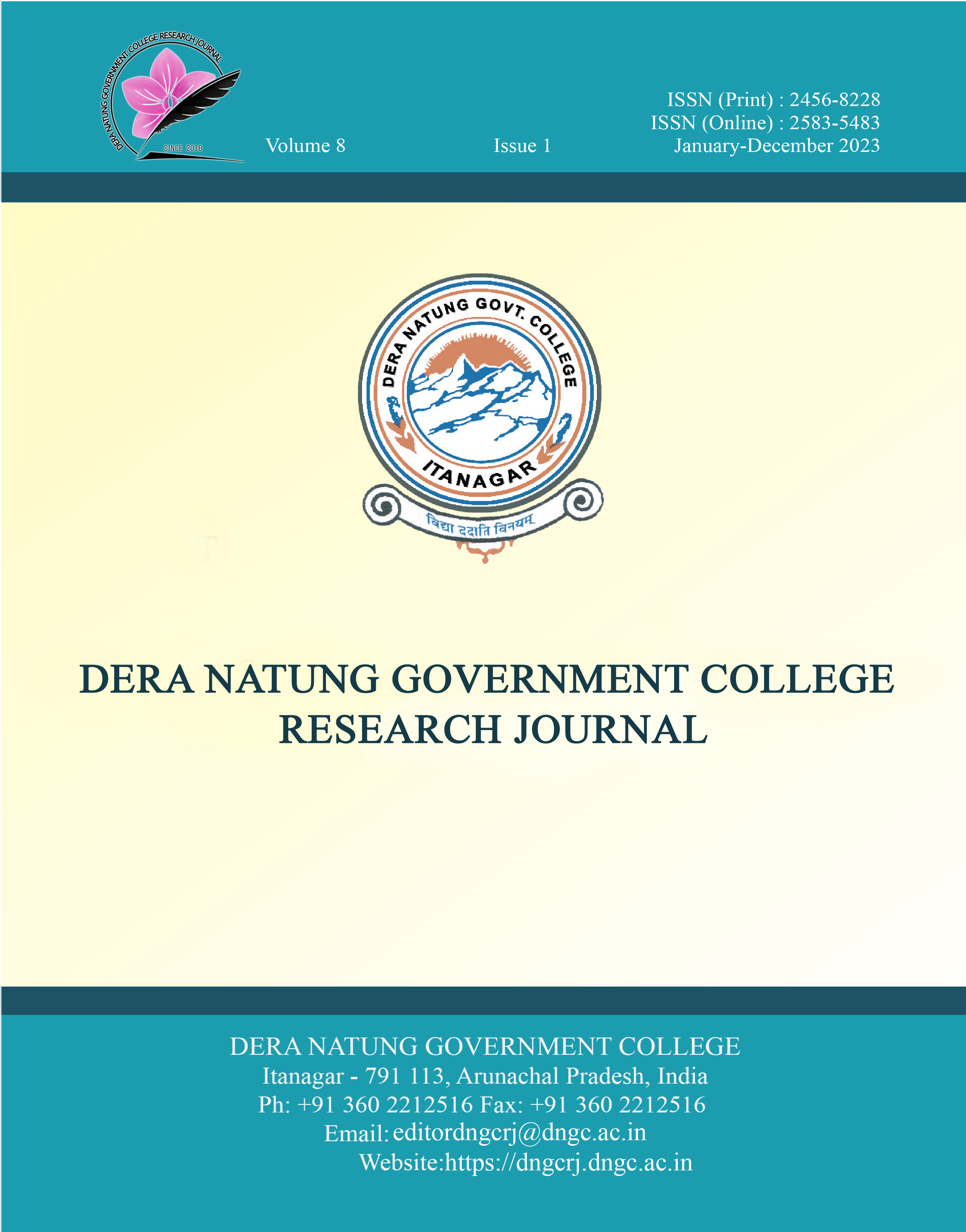On Ideal Convergence in Generalized Metric Spaces
DOI:
https://doi.org/10.56405/dngcrj.2023.08.01.06Keywords:
G-metric spaces, GI-convergence, GI*-convergence, GI-Cauchy sequence, GI*-Cauchy sequenceAbstract
Our main goal in this paper is to introduce the concept of ideal convergence in G-metric spaces. We give definitions of GI-convergence and GI*-convergence in G-metric spaces. We also extend the I-convergence concept's properties to GI-convergence. Then we demonstrate that GI-convergence and GI*-convergence are equivalent by giving the property (AP) definition. Additionally we introduce GI-Cauchy and GI*-Cauchy sequences and adapt the classically stated theorems to G-metric spaces.
Downloads
References
Abazari, R. (2022). Statistical convergence in g-metric spaces. Filomat, 36(5), 1461-1468.
Choi, H., Kim, S., & Yang, S. (2018). Structure for g-metric spaces and related fixed point theorems. Arxive: 1804.03651v1.
Demirci, I., Kişi, Ö., & Gürdal, M. (2023). Rough I₂-statistical convergence in cone metric spaces in certain details. Bulletin of Mathematical Analysis and Applications, 15(1), 7-23.
Dhage, B. (1992). Generalized metric space and mapping with fixed point. Bulletin of the Calcutta Mathematical Society, 84, 329-336.
Fast, H. (1951). Sur la convergence statistique. Colloquium Mathematicae, 2, 241-244.
Fridy, J. (1985). On statistical convergence. Analysis, 5(4), 301-314.
Gahler, S. (1963). 2-metriche raume und ihre topologische strüktüre. Mathematische Nachrichten, 26, 115-148.
Gahler, S. (1966). Zur geometric 2-metriche raume. Revue Roumaine de Mathematiques Pures et Appliquees, 40, 664-669.
Gürdal, M., Kişi, Ö., & Kolancı, S. (2023). New convergence definitions for double sequences in g-metric spaces. Journal of Classical Analysis, 21(2), 173-185.
Gürdal, M., Kolancı, S., & Kişi, Ö. (2023). On generalized statistical convergence in g-metric spaces. Ilirias Journal of Mathematics.
Gürdal, V., & Kişi, Ö. (2022). Some properties of I3-λ-statistical cluster points. Dera Natung Government College Research Journal, 7(1), 10-19.
Kolancı, S., & Gürdal, M. (2023). G-metrik uzaylarda bazı yakınsaklık kavramları. 2nd International Conference Contemporary Academiz Research (s. 259-263). Konya: AllSciences Proceedings.
Kolancı, S., Gürdal, M., & Kişi, Ö. (2023). g-metric spaces and asymptotically lacunary statistical equivalent sequences. Honam Mathematical Journal, 45(3), 503-512.
Kostyrko, P., Salat, T., & Wilczynski, W. (2000). I-convergence. Real Analysis Exchange, 26(2), 669-686.
Mustafa, Z., & Sims, B. (2003). Some remarks concerning D-metric spaces. Proceedings of the Internatinal Conferences on Fixed Point Theorey and Applications, (s. 189-198). Valencia (Spain).
Mustafa, Z., & Sims, B. (2006). A new approach to generalized metric spaces. Journal of Nonlinear and Convex Analysis, 7(2), 289-297.
Nabiev, A., Pehlivan, S., & Gürdal, M. (2007). On I-Cauchy sequences. Taiwanese Journal of Mathematics, 11(2), 569-576.
Nabiev, A., Savaş, E., & Gürdal, M. (2019). Statistically localized sequences in metric spaces. Journal of Applied Analysis and Computation, 9(2), 739-746.
Savaş, E., & Gürdal, M. (2015). I-statistical convergence in probabilistic normed spaces. Scientific Bulletin-Series A Applied Mathematics and Physics, 77(4), 195-204.
Steinhaus, H. (1951). Sur la convergence ordinaire et la convergence asymptotiqu. Colloquium Mathematicae, 2, 73-74.
Şahiner, A., Gürdal, M., & Yiğit, T. (2011). Ideal convergence characterization of the completion of linear n-normed spaces. Computers & Mathematics with Applications, 61(3), 683-689.
Yamancı, U., & Gürdal, M. (2013). On lacunary ideal convergence in random-normed space. Journal of Mathematics, 2013, Article ID 868457, 8 pages.
Downloads
Published
How to Cite
Issue
Section
License
Authors who publish with this journal agree to the following terms:
- Authors retain copyright and grant the journal right of first publication with the work simultaneously licensed under a Creative Commons Attribution 4.0 International License that allows others to share the work with an acknowledgement of the work's authorship and initial publication in this journal.
- Authors are able to enter into separate, additional contractual arrangements for the non-exclusive distribution of the journal's published version of the work (e.g., post it to an institutional repository or publish it in a book), with an acknowledgement of its initial publication in this journal.
- Authors are permitted and encouraged to post their work online (e.g., in institutional repositories or on their website) prior to and during the submission process, as it can lead to productive exchanges, as well as earlier and greater citation of published work.







